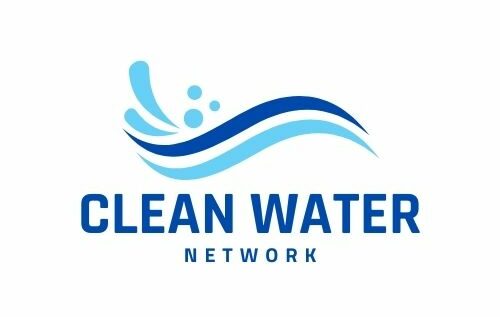2025 Sagittarius Career Horoscope: What to Expect This Year
2025 Sagittarius Career Horoscope: The year 2025 brings exciting opportunities and challenges for Sagittarius individuals in their careers. With significant astrological influences from Jupiter, Saturn, Rahu, and Ketu, Sagittarians will need to adopt a strategic and adaptable approach to navigate their professional journeys effectively. Key Astrological Influences Jupiter’s Support Throughout 2025, Jupiter will play a … Read more










